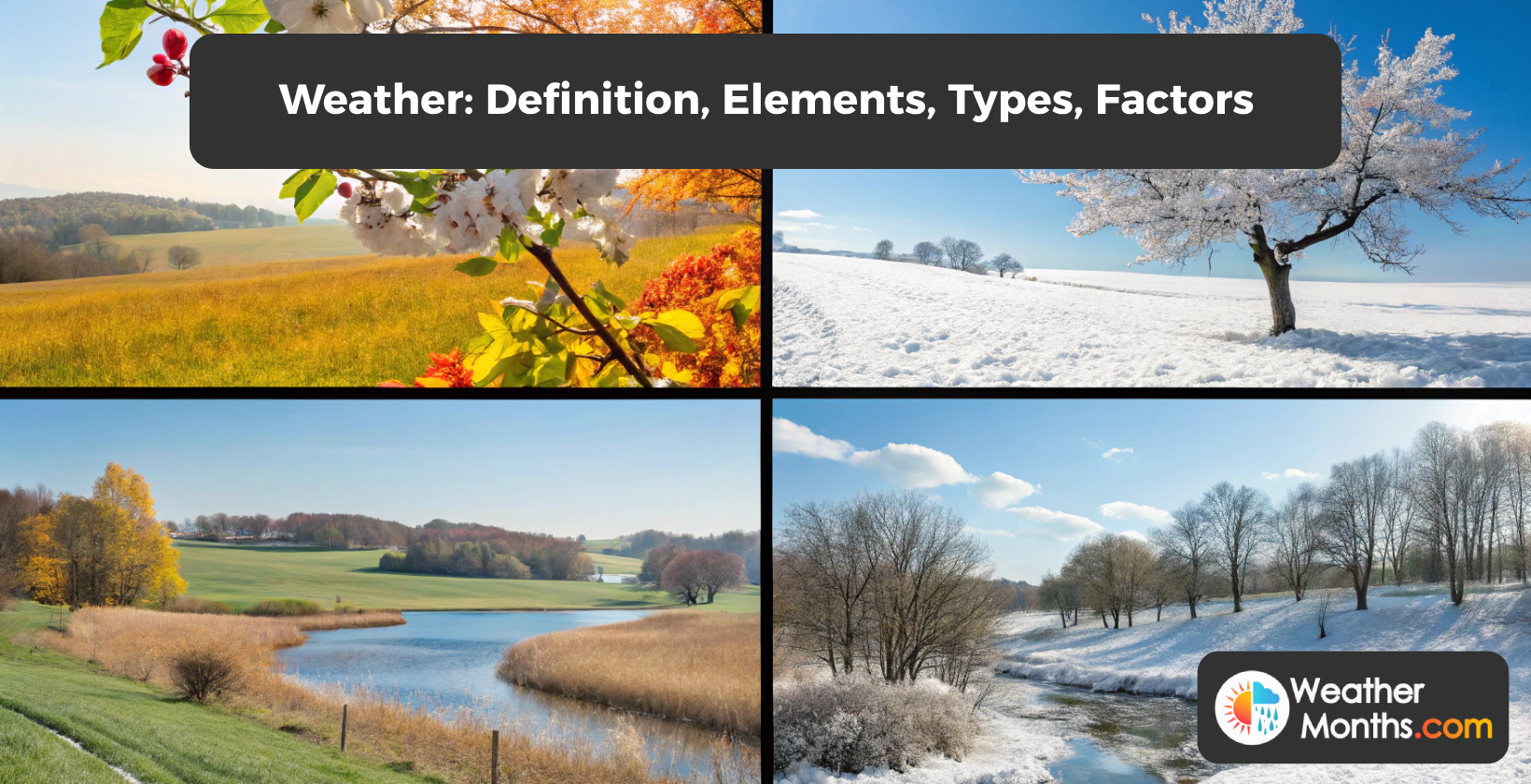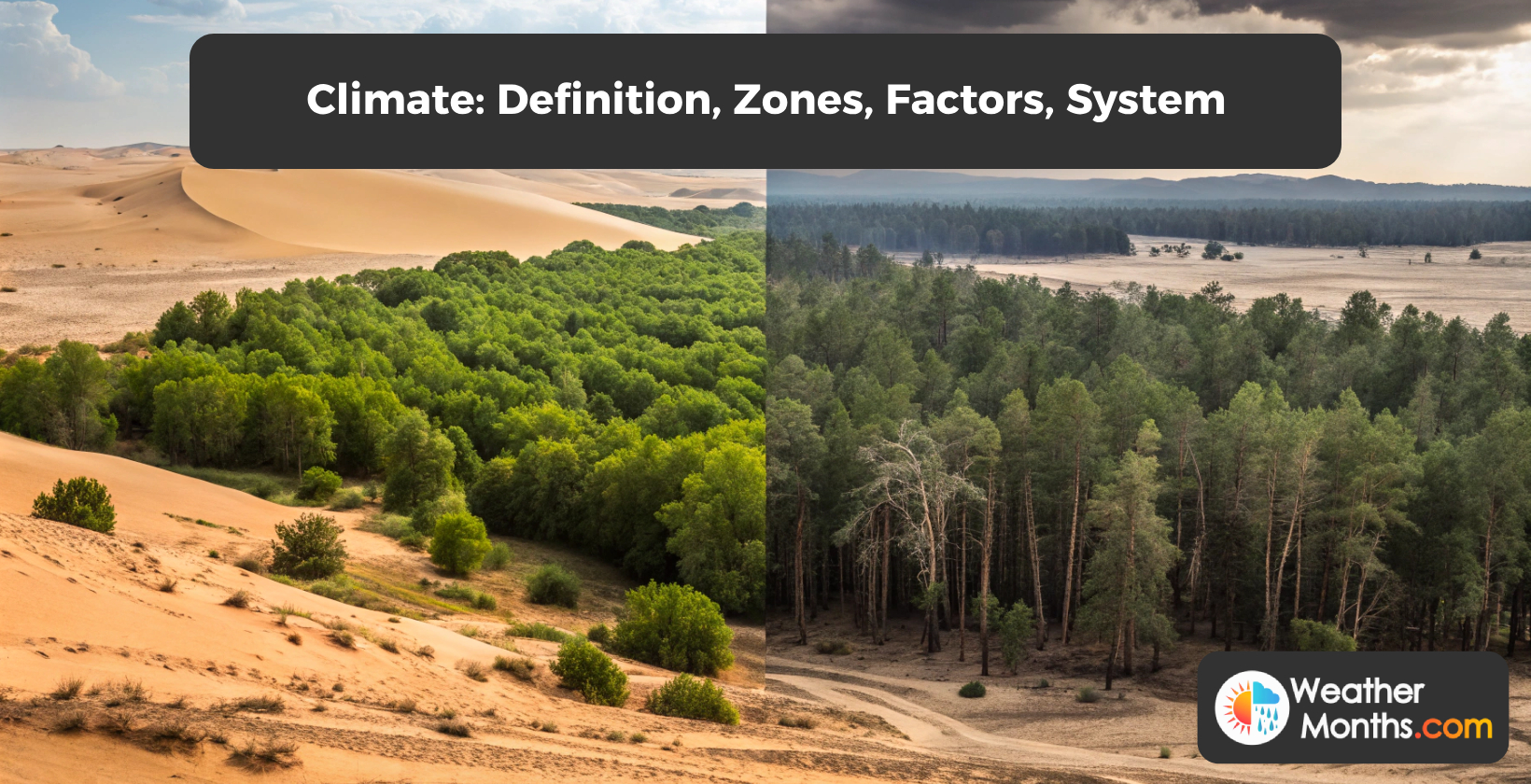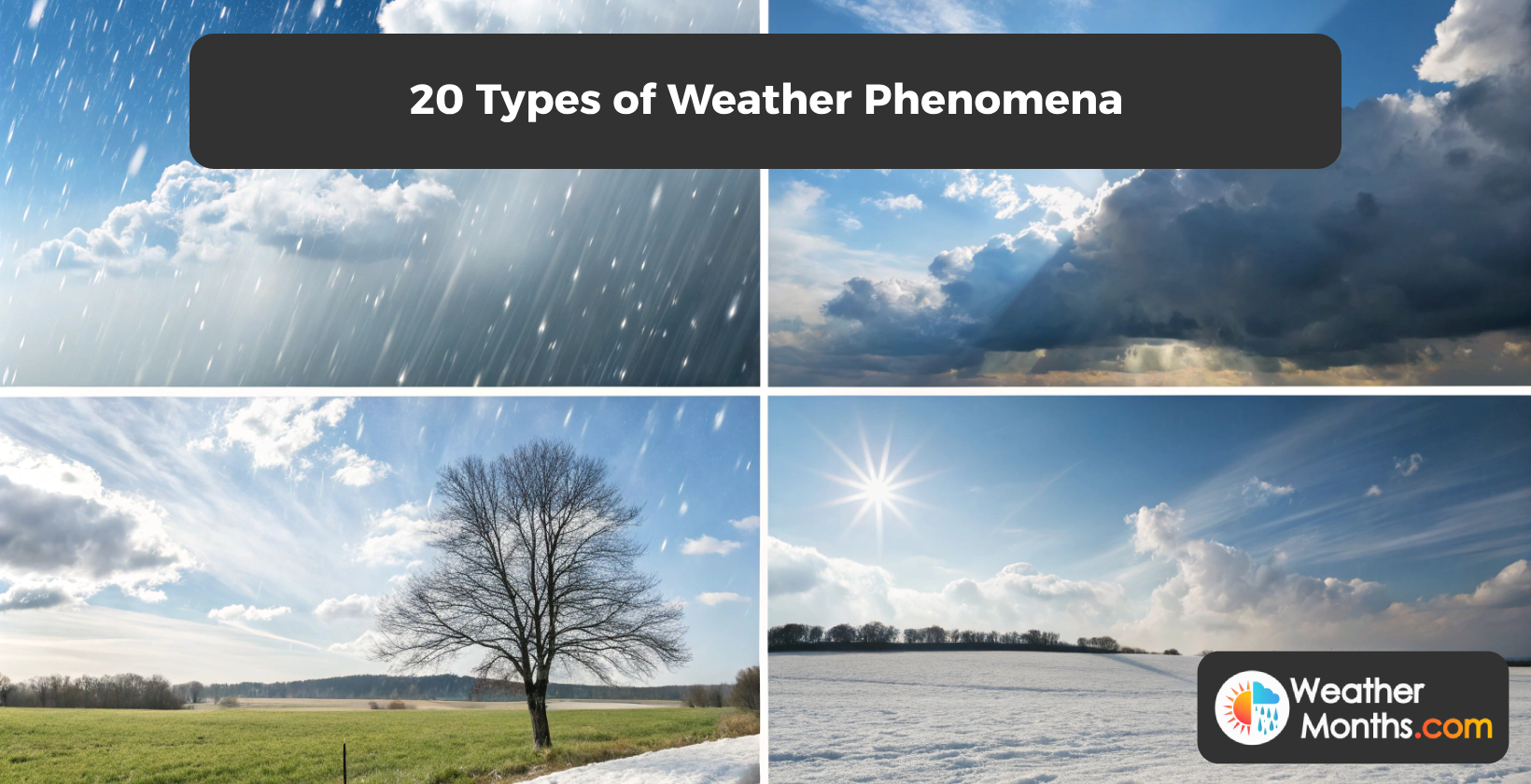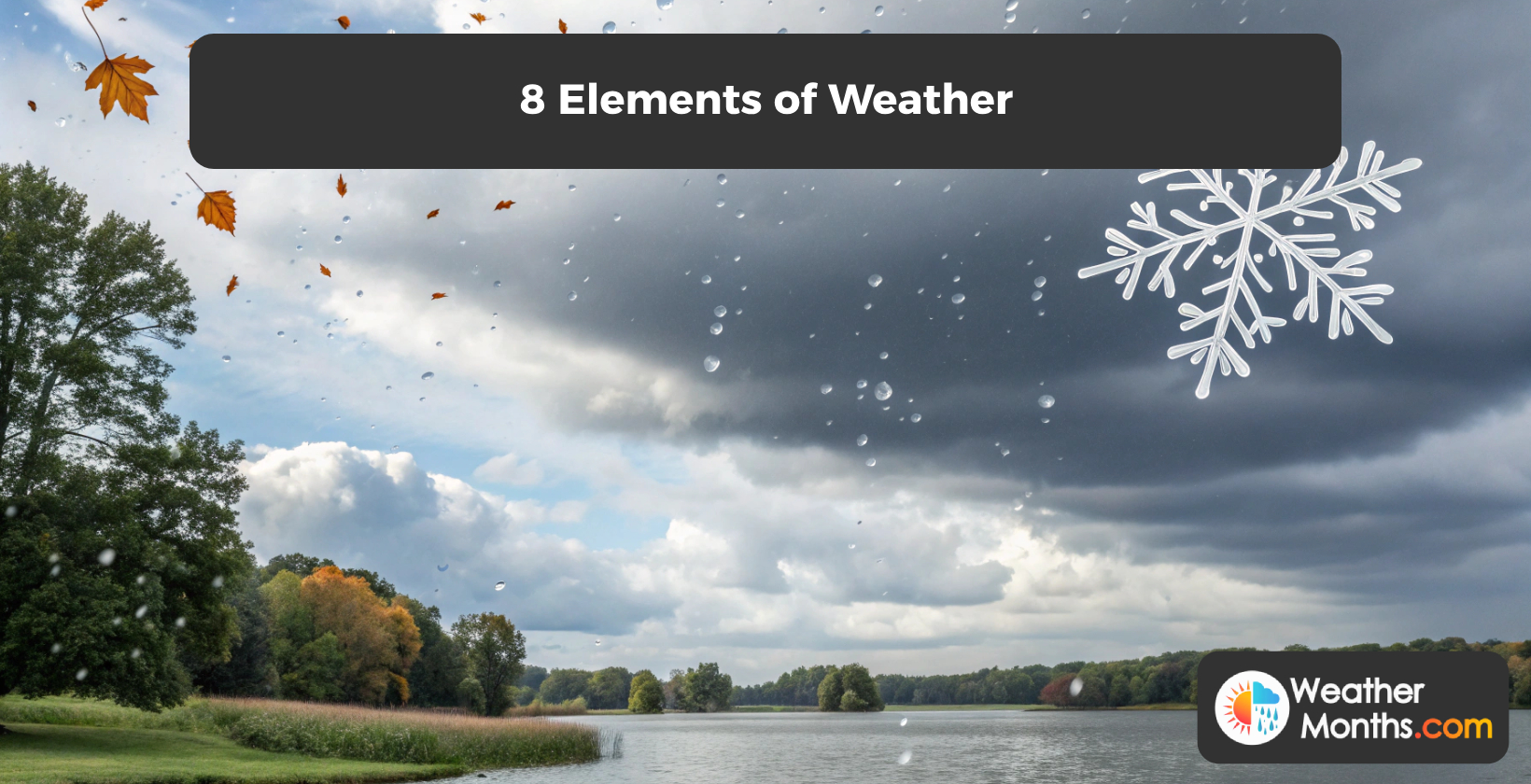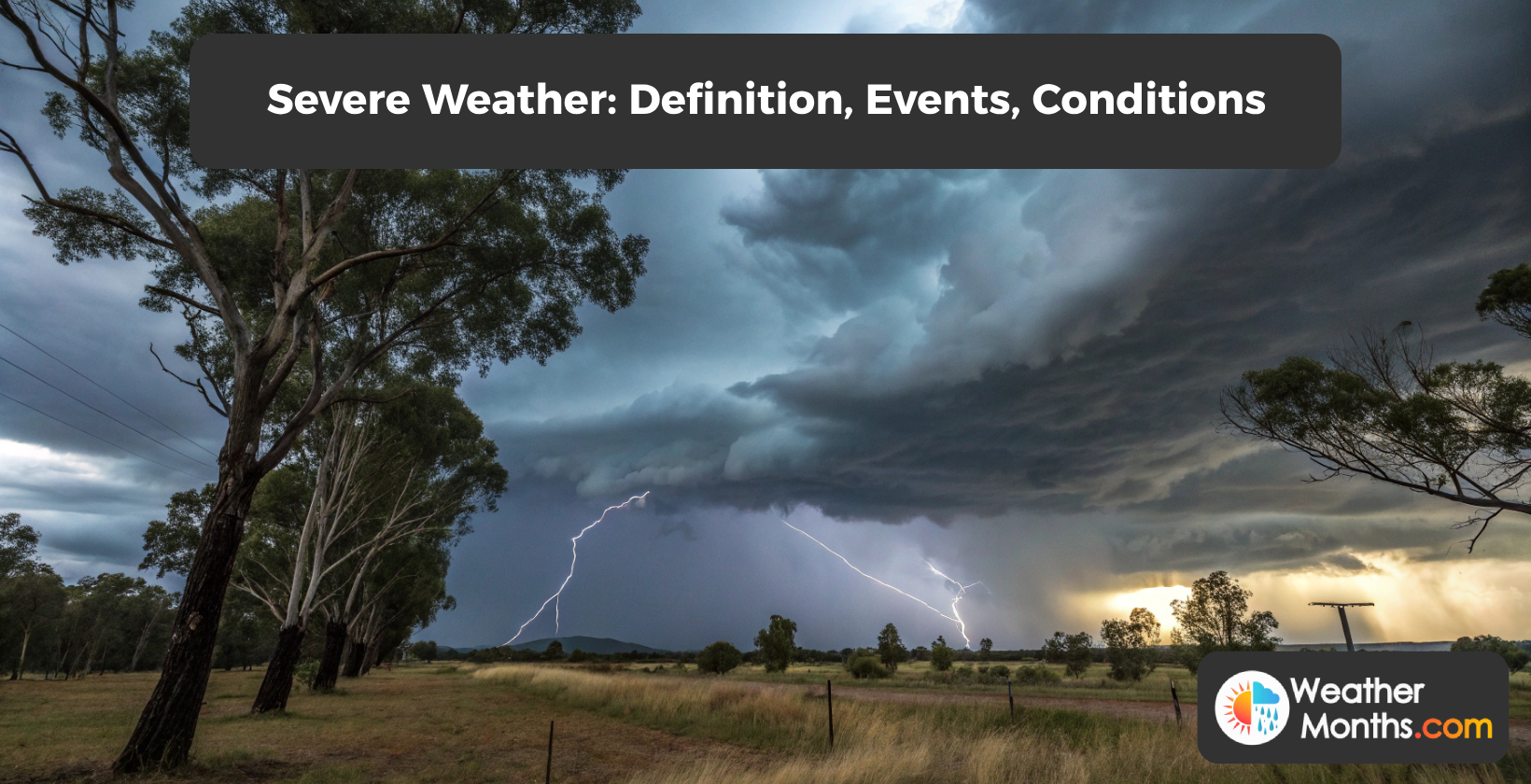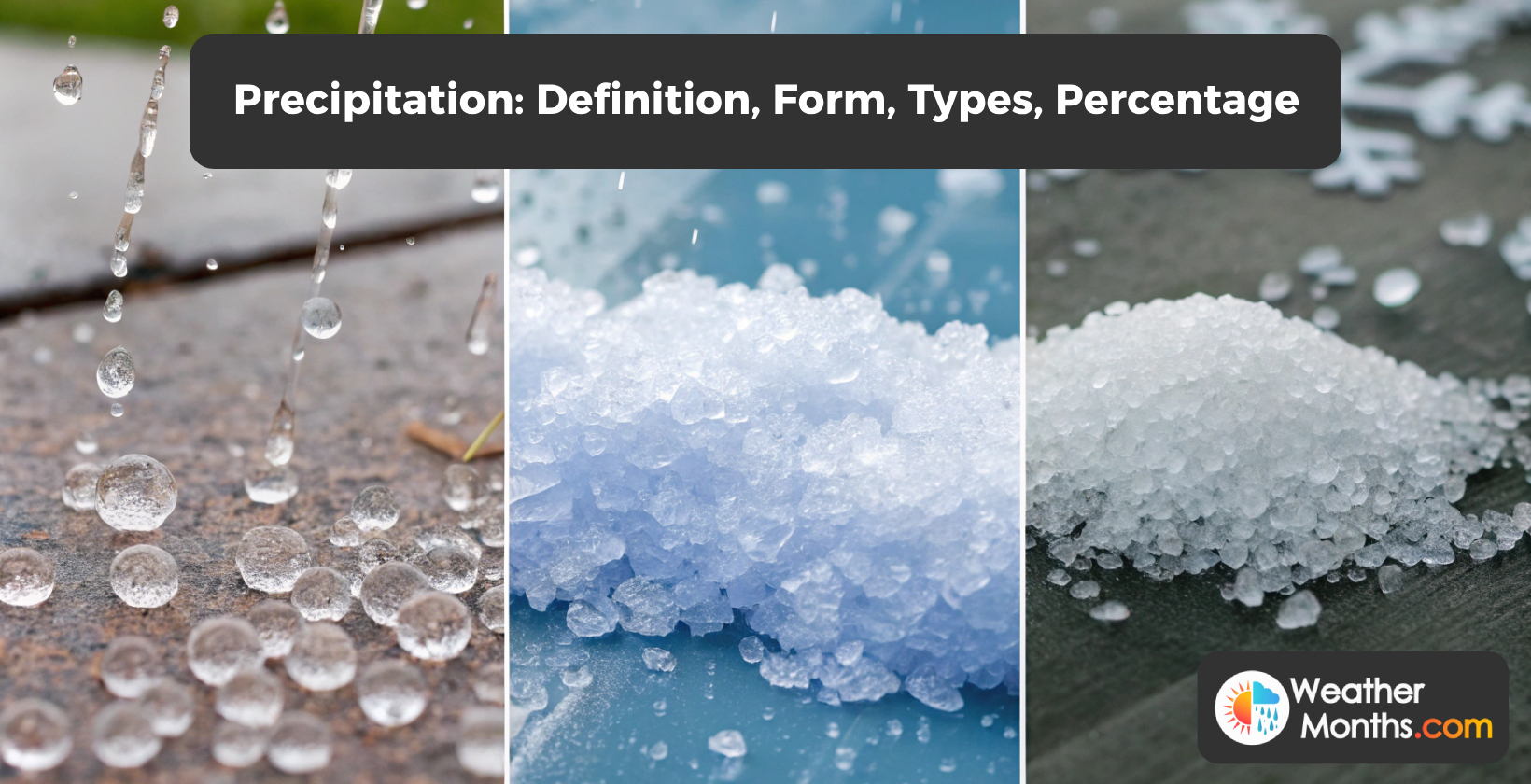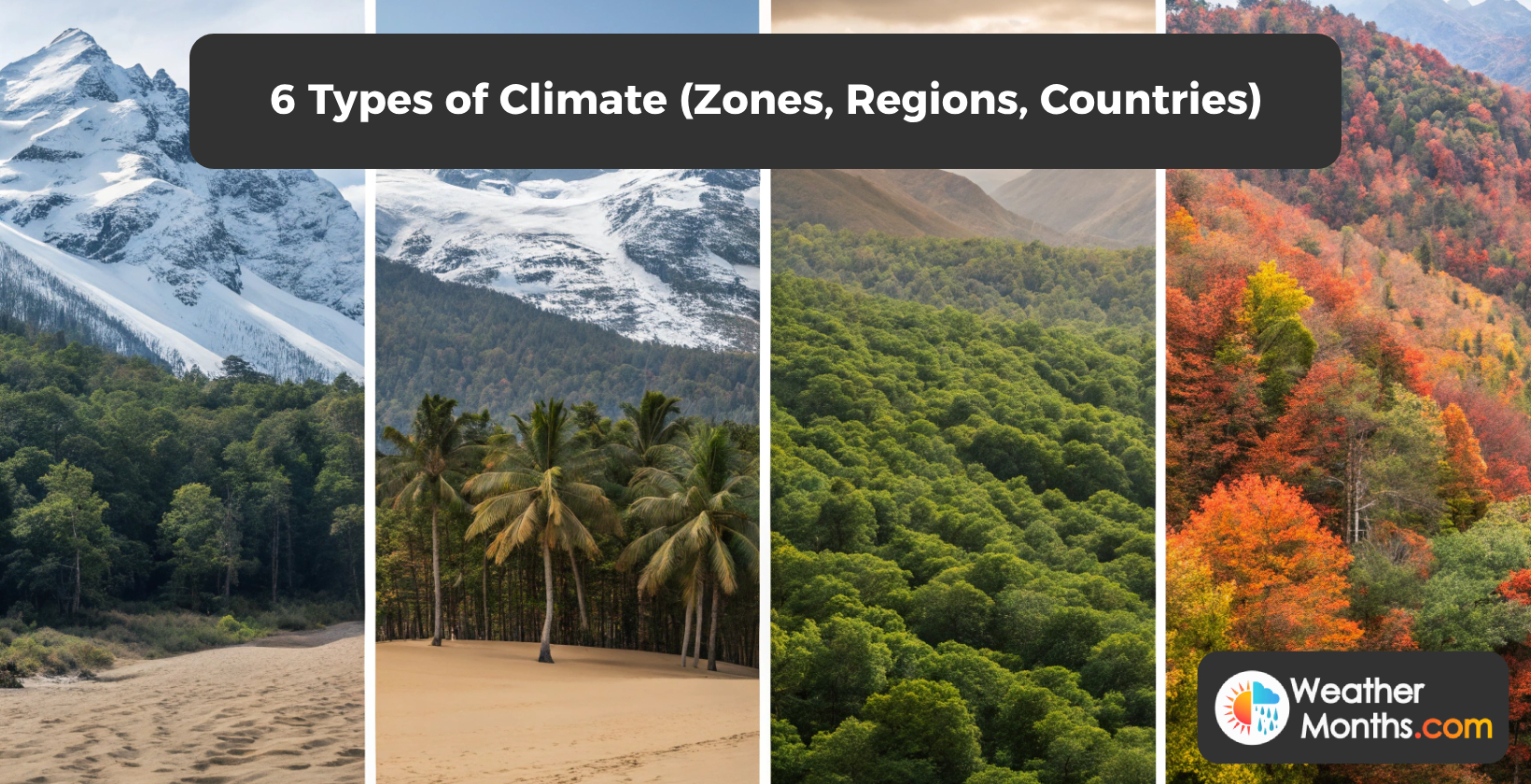Weather Research and Reports
What is temperature in weather?
Temperature in weather refers to the degree of hotness or coldness of the atmosphere, which is measured in Celcius (°C) or Fahrenheit (°F). It defines the thermal state of the atmosphere and influences its density, pressure, and moisture content. Variations in temperature drive atmospheric circulation, causing the formation of high and low-pressure systems, winds, and weather fronts. The interaction of air masses with different temperatures leads to the development of various weather conditions, such as storms, precipitation, and changes in wind patterns.Monitoring and understanding temperature patterns and changes are essential for weather forecasting and the assessment of climate conditions. Meteorologists and climatologists analyze temperature data to track seasonal and long-term climate variations, identify temperature anomalies, and provide forecasts and assessments related to temperature trends and their implications for the environment and society. Temperature plays a significant role in influencing weather phenomena and atmospheric processes.
What is maximum weather temperature?
The maximum weather temperature is the highest temperature recorded in a specific weather system or region. It is important because it provides valuable insights into temperature extremes and helps meteorologists track heatwaves and other significant weather events. By monitoring the maximum weather temperature, meteorologists can issue warnings and advisories to help people prepare for extreme heat or take necessary precautions to stay safe.The maximum weather temperature is also crucial for various sectors, including agriculture, energy, and public health. Farmers use temperature data to determine the best time for planting and harvesting, while energy companies analyze temperature trends to forecast electricity demand. Public health officials also rely on maximum weather temperature data to develop strategies to protect vulnerable populations from extreme heat.
Additionally, tracking the maximum weather temperature helps researchers and policymakers assess the impacts of climate change and develop strategies to mitigate its effects. By analyzing temperature data over time, they can identify trends and patterns that indicate changes in the climate and make informed decisions to address these issues.
What is minimum weather temperature?
Minimum weather temperature, also known as the minimum temperature, is the lowest temperature recorded or forecasted for a specific location during a given time, typically overnight or during a 24-hour period. It represents the coldest point in the temperature cycle and is a crucial parameter in understanding weather conditions.The minimum temperature is significant for several reasons. First, it affects living organisms, including humans, animals, and plants, as they must adapt to and survive these colder conditions. For example, the minimum temperature in the troposphere that affects weather can be as low as -184°F (-120°C), and human activities such as greenhouse gas emissions, deforestation, urbanization, and industrial activities can significantly impact this temperature.
Second, from a scientific perspective, the minimum temperature helps define the temperature range for a specific climate or microclimate. For instance, the average temperature range in the mesosphere is -2.5 to -90 degrees Celsius.
Finally, from a practical standpoint, the minimum temperature helps individuals and industries plan for and mitigate potential risks associated with extreme cold, such as freezing pipes, agricultural frost damage, or dangerous travel conditions. Satellites play a vital role in monitoring minimum weather temperatures by providing real-time data for weather prediction models, enhancing weather forecasting, disaster management, and climate resilience.
What is feels like weather temperature?
The “feels like” weather temperature is a measurement that takes into account the perceived temperature based on factors such as wind speed and humidity, in addition to the actual air temperature. It provides a more accurate indication of how the weather conditions will feel to individuals.The “feels like” temperature is determined by the combination of the actual air temperature, the level of relative humidity, and the impact of wind speed on the skin. In hot and humid conditions, the “feels like” temperature is higher than the actual temperature because the body has a harder time cooling down through sweat evaporation. In cold and windy conditions, the “feels like” temperature is lower than the actual temperature because the wind removes heat from the body more quickly.
The term “feels like” temperature is often used in weather forecasts and is a useful indicator for people planning outdoor activities. For example, if the actual temperature is 25°C but the “feels like” temperature is 30°C due to high humidity, it may be necessary to take extra precautions to stay cool and hydrated.
